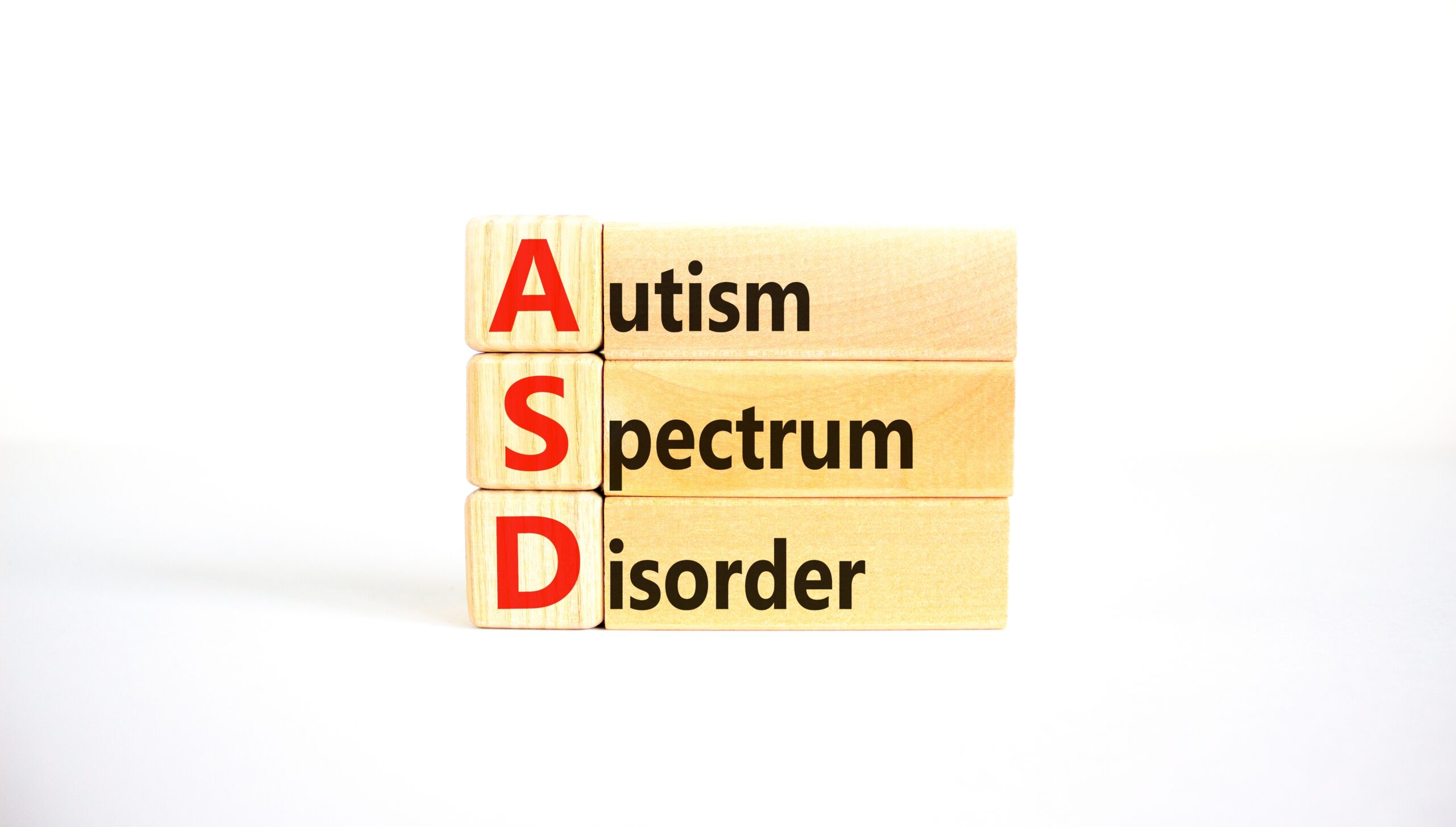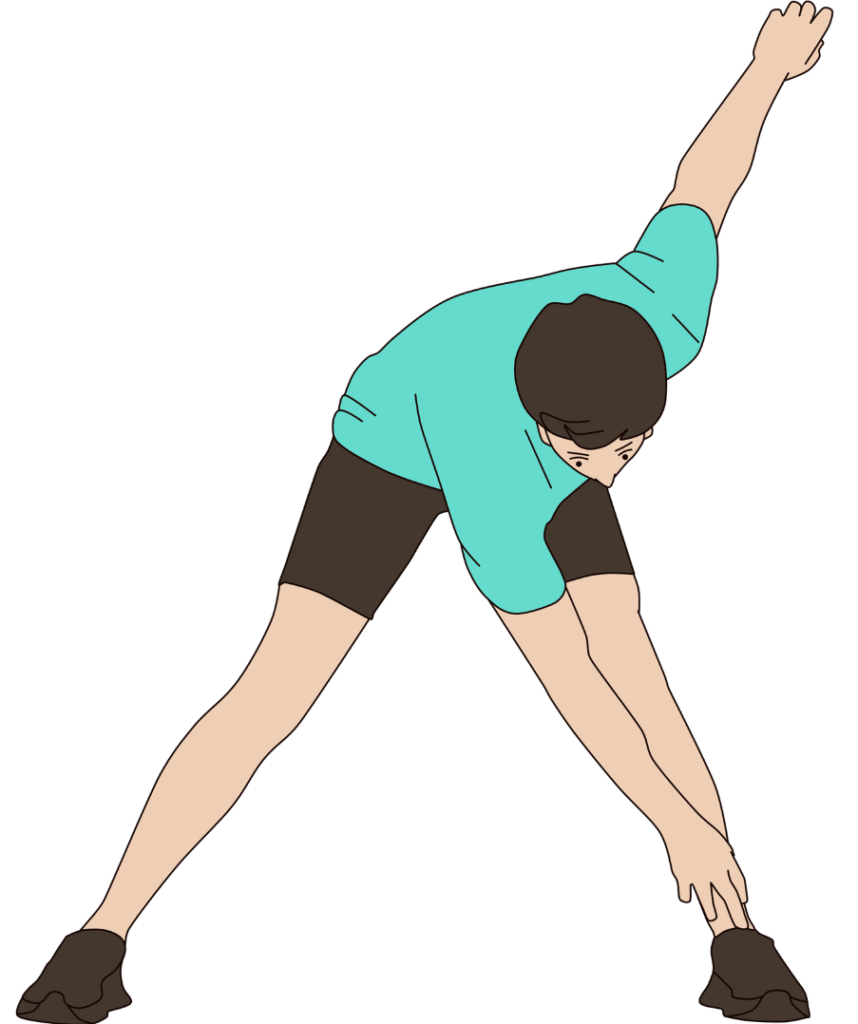Tiny twitches may hold the key to detecting Parkinson’s disease earlier than ever before.
Story Highlights
- Rearing behavior and lateralization could be key markers for Parkinson’s.
- Early 2000s studies recognized non-motor symptoms in Parkinson’s.
- New studies focus on these behaviors for early diagnosis.
- Potential shift in diagnostic paradigms could improve patient outcomes.
Emerging Behavioral Markers
Rearing behavior and behavioral lateralization are gaining traction as promising markers for Parkinson’s disease progression. These subtle cues, such as vertical exploratory movements and a preference for one side of the body, could be detected long before traditional motor symptoms manifest. This emerging perspective offers an opportunity to catch Parkinson’s earlier, potentially transforming patient care with timely interventions that align with American values of proactive health management.
Clinicians and researchers are turning towards these non-invasive markers due to their potential to fill gaps left by traditional diagnostic methods. Historically, Parkinson’s was diagnosed based on motor symptoms, which only appear after significant neuronal damage. The integration of these behavioral assessments in clinical settings could lead to earlier and more accurate tracking of disease progression, a move that could revolutionize how Parkinson’s is managed.
Historical Context and Research Evolution
Since the early 2000s, non-motor symptoms such as behavioral changes have been recognized as precursors to Parkinson’s. The 2010s saw a surge in interest towards identifying prodromal markers, which are indicators that appear before the full-blown disease. Recent studies, conducted between 2020 and 2025, have linked rearing behavior and lateralization to Parkinson’s progression, providing a new lens through which to view early diagnosis.
Animal models, particularly rodents, have been instrumental in validating these markers. As research progresses, the potential for implementing these findings in human clinical trials grows, with the hope that these studies will pave the way for widespread clinical adoption.
Current Developments and Clinical Implications
Recent studies underscore the potential of rearing behavior and lateralization as objective measures of Parkinson’s progression. Clinicians and researchers are advocating for the integration of these markers into routine assessments. If validated, this could mean a significant shift in the diagnostic paradigm, with behavioral markers supplementing traditional motor assessments.
The implications of this shift are profound. In the short term, it could lead to improved detection and monitoring of Parkinson’s, allowing for more personalized treatment plans. In the long term, it could not only reduce misdiagnosis rates but also offer deeper insights into the disease’s pathophysiology.
Impact and Expert Perspectives
The potential benefits of these developments extend beyond immediate medical applications. Economically, earlier intervention could lead to healthcare cost reductions, while socially, it promises improved quality of life for patients and reduced caregiver burdens. Politically, it could spark increased advocacy for research funding and policy changes that prioritize early diagnosis methods.
Experts emphasize the need for further validation before these markers can become mainstream. Some advocate for immediate clinical integration, citing promising initial results. Others urge caution, calling for robust longitudinal data to confirm these findings. Despite differing opinions, the consensus is that these behavioral markers represent a significant step forward in Parkinson’s research.
Sources:








